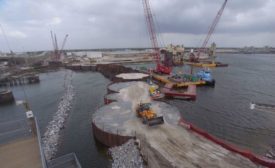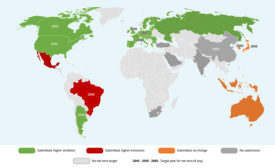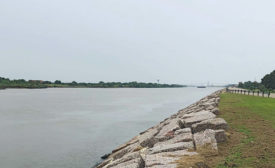Home » climate change
Articles Tagged with ''climate change''
Resilience
Dutch Dike Being Raised, Reinforced to Handle Sea Level Rise
90-year-old structure was in need of upgrade
Read More
Environment
Tough Road Ahead to Limit Temperature Rise to 1.5°C by 2100
Study says GHG reduction goals are ambitious but achievable
Read More
The latest news and information
#1 Source for Construction News, Data, Rankings, Analysis, and Commentary
JOIN ENR UNLIMITEDCopyright ©2025. All Rights Reserved BNP Media.
Design, CMS, Hosting & Web Development :: ePublishing


















